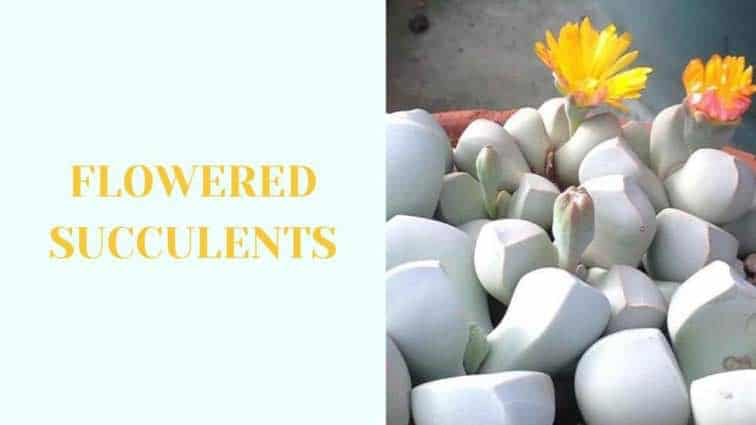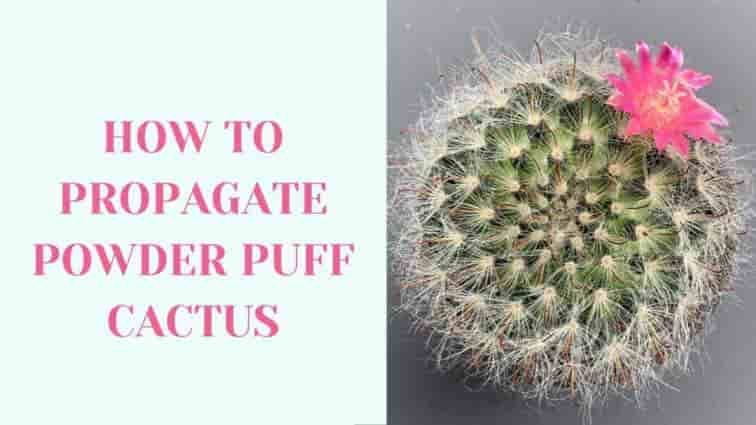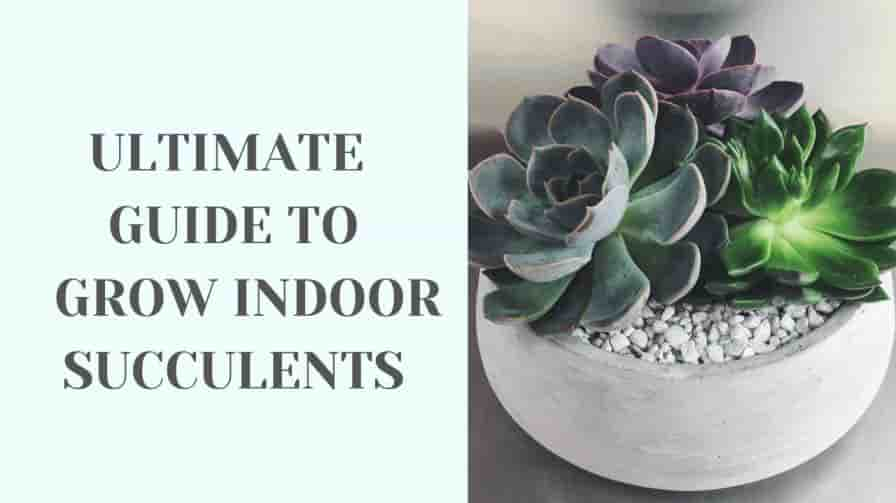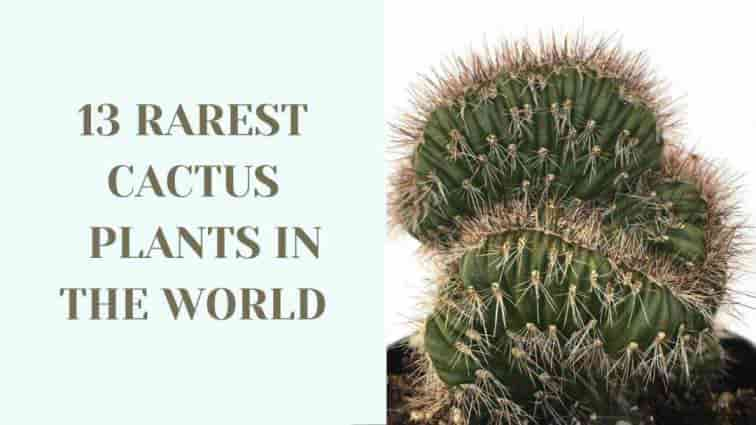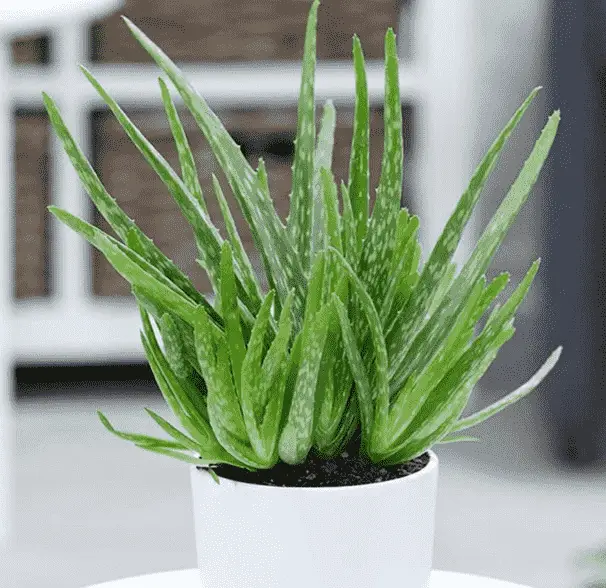
Photo via lidl
Basic Info
Aloe Vera is one of the best known Aloes out there. As the plant mature you can expect it to reach up to around 60 cm (24″) tall. The plant is best known for the beautiful looking green to bright green leaves that grow upwards. Inside the leaves you can find a creamy texture that is often one of the most desired part of the plant.
Scientific Classification
Family: Asphodelaceae
Species: Vera
Genus: Aloe
Care and Propagation Information
Watering
Aloe Vera can be quite beautiful when it is well-taken care off. This succulent type needs a little less water than other types. The watering method is very important to keep your Aloe healthy.
Benefits of Aloe Vera
This succulent type is very common. You might have it already. If not, probably one of your friends have. It is a great antioxidant, reduces depression, protects from UV radiation, able to treat ulcers, and can be used as a tooth gel! It contains many vitamins and minerals which help the immune system. So, time to get one!
Quick Facts:
- Bright green leaves with light spots
- Loves Sun
- Use fertilizer in the summer only
- Can be grown indoor/outdoor
- Grows 60 cm (24″) tall
- Can die easily if overwatered
- Does not handle cold well
- Best propagated by offsets
- Generally, not harmful to animals and people
- Grows best during Spring and Fall
Where to Plant
Aloe succulents need strong light. When planting this succulent in a garden, make sure it gets sunlight. Full to partial sun is the best for its growth. If it is an indoor plant, windowsill will be the best location to keep your succulent. It loves morning sun, so make sure it is getting the morning sun.
This type of succulent grows in cooler temperatures but of course not freezing temperatures. If you live in a cold area, it is better to plant Aloe Vera in an indoor environment. As long as it gets enough sunlight, the plant will grow happily.
How to Propagate Aloe Vera
Unlike the most succulent types, it can be propagated by offsets. If you propagate from the leaves, they will probably rot. On the other hand, this fast-growing succulent type does not require repotting often. Of course, the first-time repotting is essential when it is bought from the store.
Like all the other succulent types, a well-drained soil mixture is essential. If you want to know about well-drained soil mixtures, check How to Prepare Well-drained Soil for Succulent Plants.
This page contains affiliate links.
Offsets
Aloe Vera propagates from the small offsets that come from the main succulent base. When offsets are grown enough to remove from the mother plant, propagation process can start. Pull the offsets up and remove the extra soil. Make sure the sample you get has its complete root system. Before replanting, wait for a few days till offsets dry out.

